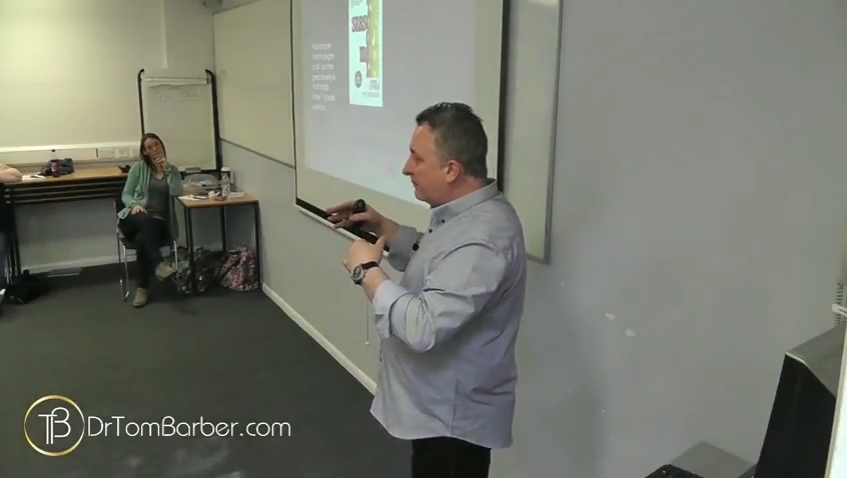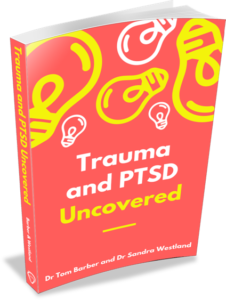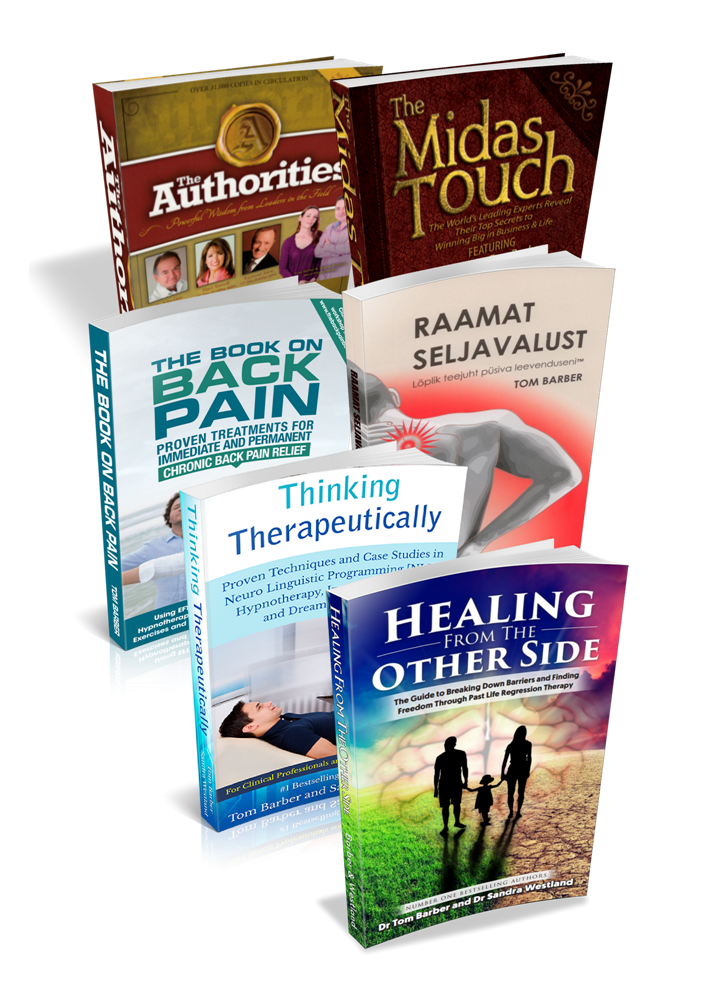Throughout our adult lifespan we encounter various challenges and struggles in relation to our personal development. To watch me discuss these lifespan stages in more detail, visit my YouTube channel at this link.
Stages of Lifespan
Psychologist Daniel Levinson’s theory of lifespan development, referred to as the Seasons of Life, identifies specific stages of growth that occur well into the adult years.
Levinson’s theory is comprised of sequence-like stages, with each stage being shaped by an event or action that leads into the next stage. The stages are:
1. Early Adult Transition (Age 17-22). This is the stage in which a person leaves adolescence and begins to make choices about adult life. These include choosing to go to college or enter the workforce, choosing to enter a serious relationship, and choosing to leave home.
2. Entering the Adult World (Age 22-28). This is the stage in which a person makes more concrete decisions regarding their occupation, friendships, values, and lifestyles.
3. Age 30 Transitions (Age 28-33). In this stage, there are often lifestyle changes that could be mild or more severe. For example, marriage or having children impact one’s lifestyle, and these changes have differing consequences on how a person develops depending on how they embrace the event.
4. Settling Down (Age 33-40). In this stage, one often begins to establish a routine, makes progress on goals for the future, and begins behaving like an adult. People in this stage are often parents or have more responsibilities.
5. Mid-Life Transition (Age 40-45). This time period is sometimes one of crisis. A person begins to evaluate his or her life. Values may change, and how society views these people may change also. Some people make drastic life changes, such as divorce or a career change. At this point, people begin thinking about death and begin to think about leaving a legacy.
6. Entering Middle Adulthood (Age 45-50). In this stage, choices must be made about the future and possibly retirement. People begin to commit to new tasks and continue to think about the legacy they are leaving.
7. Late Adulthood (Age 60+). In this stage, one begins to reflect on life and the decisions they have made.
From Stable to Transitional
Levinson also indicated that each stage consists of two types of periods:
• The Stable Period, in which a person makes crucial choices in life.
• The Transitional Period, in which one stage ends and another begins.
To watch me discuss these lifespan stages in more detail, visit my YouTube channel at this link.
Tom.
Author: Dr Tom Barber
Dr Tom Barber is a #1 bestselling author, integrative and existential psychotherapist and coach, speaker, and co-founder of Self Help School, and Contemporary College of Therapeutic Studies. His work has spanned over 25 years, in which he has focussed on helping people all over the world to improve their knowledge and understanding of their psychological worlds. Tom regularly delivers courses and lectures in the UK, USA, Canada, Mexico, and across Europe. In addition, he maintains a private therapy and coaching consultancy, and psychotherapy training college from his base in London.





